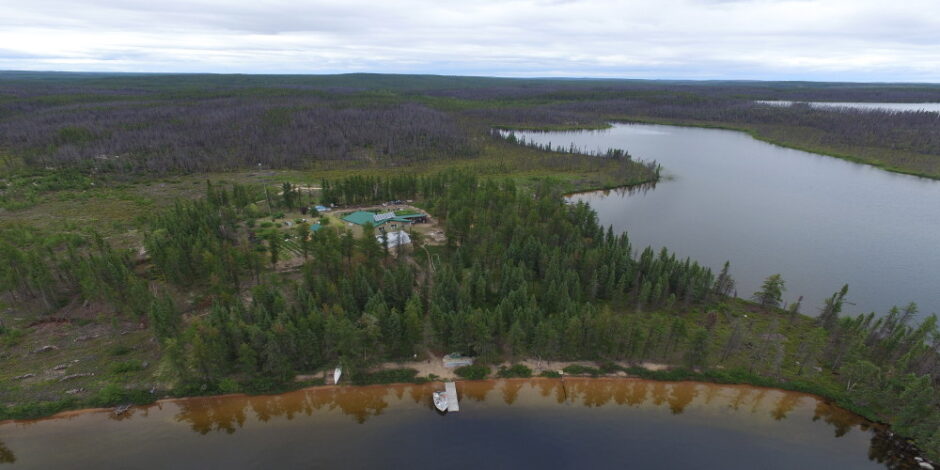For those of us seeking independence from the supermarket, winter salad greens are a challenge. But there’s a little known vegetable that fills the void – Belgian endive otherwise known as Witloof chicory. So plant Belgian endive now for January salad greens.

Planting the Roots to Force
What is Witloof Chicory?
Witloof chicory is an unusual garden vegetable. Grown all summer long as if it were a carrot, the roots are harvested in the fall then forced indoors in winter whenever salad greens are needed. The shoots the roots produce are called chicons. They have a slightly bitter taste but when mixed with other “fresh” foods from the root cellar such as red cabbage, shredded carrots and onions along with some microgreens from the window sill and perhaps some fresh sprouts you’ve made, you have the fixings for a yummy mid-winter salad. Continue reading























